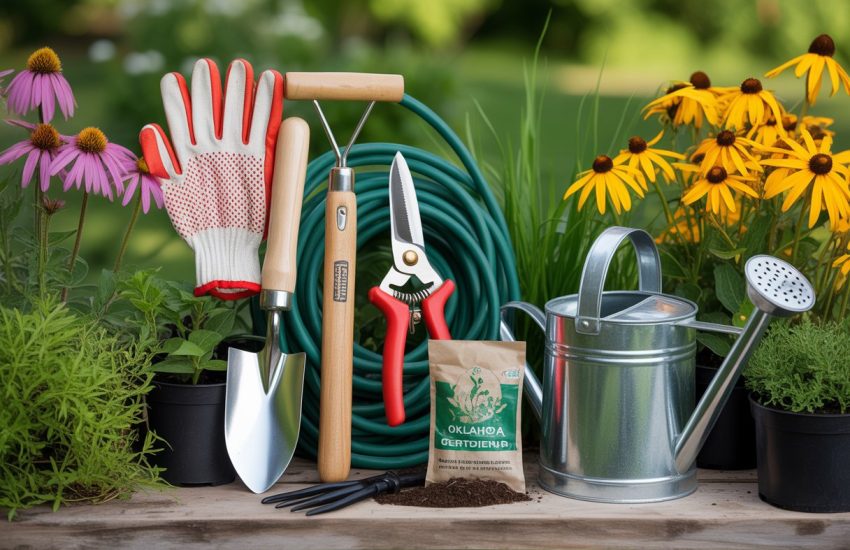DIY Compost Bin Pallets: A Step-by-Step Guide
Composting is a sustainable practice that many individuals have adopted to reduce their carbon footprint and create nutrient-rich soil for their gardens. One way to compost is by using a DIY compost bin made from pallets. These pallets can be easily sourced from local businesses or online and can be transformed into a functional and affordable compost bin.

DIY compost bin pallets are a popular choice for those who want to compost at home. Using pallets to create a compost bin is not only cost-effective but also sustainable as it repurposes materials that would otherwise end up in landfills. Additionally, pallets are sturdy and durable, making them an ideal material for constructing a compost bin that can withstand the elements.
Creating a DIY compost bin with pallets is a simple and straightforward process that can be completed in just a few hours. By following a few basic steps, anyone can create a functional compost bin that will help them reduce their waste and create nutrient-rich soil for their garden. With the right tools and materials, anyone can become a composting expert and contribute to a more sustainable future.
Designing Your DIY Compost Bin
Choosing the Right Pallets
When designing a DIY compost bin, it is important to choose the right pallets. The best pallets for this project are hardwood pallets that have been heat-treated (HT) and stamped with the International Plant Protection Convention (IPPC) logo. Avoid pallets that have been treated with methyl bromide or have the EPAL logo, as these can be harmful to your compost and the environment.
Tools and Materials Needed
To construct your wooden compost bin, you will need a few tools and materials. These include screws, a drill, a saw, hinges, a latch, a screwdriver, and corner brackets or L-brackets. You will also need wooden pallets, preferably of the same size and shape.
Constructing the Bin
To assemble the compost bin, begin by laying out the pallets in a square or rectangular shape. Use screws and corner brackets or L-brackets to secure the pallets together at the corners. Make sure the pallets are level and securely fastened.
Next, cut one of the pallets in half using a saw. These will serve as the front panels of the compost bin. Attach hinges to one of the panels and secure it to the front of the bin using screws. Attach the latch to the other panel and use it to close the front of the bin.
Finally, drill several small holes in the sides and bottom of the bin to allow for drainage and aeration. Your DIY compost bin is now ready to use!
Overall, designing and constructing a DIY compost bin with wooden pallets is a simple and cost-effective project that can help reduce waste and improve soil health. With the right tools and materials, anyone can create a functional and attractive compost bin for their backyard or garden.
Maintaining Your Compost Bin
Maintaining a compost bin is essential for producing high-quality compost. By following a few simple steps, gardeners can optimize compost conditions, add the right materials, and manage pests and odor.
Optimizing Compost Conditions
Compost bins require heat, sun, moisture, and decomposition to work effectively. Gardeners should place their compost bin in a sunny location to encourage decomposition. They should also ensure that the compost bin is moist, but not too wet, as excess moisture can lead to anaerobic conditions and slow down the composting process.
To optimize compost conditions, gardeners should also add a mixture of nitrogen-rich and carbon-rich organic materials. Nitrogen-rich materials include grass clippings, food scraps, and coffee grounds, while carbon-rich materials include dried leaves, straw, and shredded paper.
Adding the Right Materials
To produce high-quality compost, gardeners should add a variety of compostable materials to their compost bin. This includes garden waste, such as leaves and grass clippings, as well as food scraps and other organic materials. These materials should be added in layers, with green materials, or “greens,” such as grass clippings and food scraps, alternating with brown materials, or “browns,” such as dried leaves and shredded paper.
Gardeners should also cover their compost bin to retain moisture and heat. This can be done with a tarp or a cover made from chicken wire.
Managing Pests and Odor
Compost bins can attract pests such as rats and flies, as well as produce unpleasant odors. To manage pests, gardeners should avoid adding meat, dairy, or oily foods to their compost bin, as these can attract pests. They should also ensure that their compost bin is secure and inaccessible to pests.
To manage odor, gardeners should add more brown materials to their compost bin, as well as turn the compost regularly to aerate it and promote decomposition.
By following these simple steps, gardeners can maintain a healthy and productive compost bin and produce high-quality compost, also known as “black gold.”

